This article will address the dangers of pet obesity, the causes of obesity in dogs and cats, how to determine if your pets are overweight, and how to manage obesity.
Obesity is one of the most common diseases we see at Animal Care Clinic – and also one of the most dangerous. We know that large breed dogs who maintain a healthy weight will live 2 YEARS longer than those that are overweight. This advantage is probably even greater in small dogs and cats. We also know that people who are significantly overweight report more types of pain and discomfort than those who are fit. Obesity predisposes dogs and cats to diabetes, joint pain, heart disease, pancreatic inflammation and even worsening of all inflammatory conditions including skin problems!
WHAT CAUSES PETS TO BECOME OVERWEIGHT?
Many animals are genetically inclined to gain weight. We know that Labrador Retrievers put on weight much more easily than do Greyhounds, but either breed can be underweight, ideally fit, or grossly overweight. There are also medical conditions that can lead to weight gain. The most common of these in veterinary medicine are low thyroid levels in dogs (hypothyroidism). But for most animals there are really 2 issues that lead to obesity: too much of the wrong kinds of food and too little of the right kinds of exercise. For most American pets, both of these conditions exist.
 Too much of the wrong kinds of foods. Let’s face it – we are happier when we see our families (human and animal) excitedly consuming the foods we prepare. Taste matters to us. If our children or pets don’t finish their meals, we want to change things to encourage them to eat more. This is the American way – and it is the way to obesity. Pet food companies know this. Millions of dollars are spent every year trying to make dog and cat foods taste better. There is certainly nothing wrong with good tasting food – except that all of us tend to eat too much of the foods that taste the best (sweets, salty snacks……) Not only do we finish what is set out for us (on our plate or in our bowl), but we come back looking for more even when we are not hungry! Boredom can lead us to want a “little something” and off we head to the frig. Likewise, your dog or cat might start pacing, begging or vocalizing when he or she is feeling like a “little something.”
Too much of the wrong kinds of foods. Let’s face it – we are happier when we see our families (human and animal) excitedly consuming the foods we prepare. Taste matters to us. If our children or pets don’t finish their meals, we want to change things to encourage them to eat more. This is the American way – and it is the way to obesity. Pet food companies know this. Millions of dollars are spent every year trying to make dog and cat foods taste better. There is certainly nothing wrong with good tasting food – except that all of us tend to eat too much of the foods that taste the best (sweets, salty snacks……) Not only do we finish what is set out for us (on our plate or in our bowl), but we come back looking for more even when we are not hungry! Boredom can lead us to want a “little something” and off we head to the frig. Likewise, your dog or cat might start pacing, begging or vocalizing when he or she is feeling like a “little something.”
So, we tend to respond to this by putting more food in the bowl than our pets need – after all, they eat every last morsel! If our pets ask for a little something during the mid-day or evening, we assume they aren’t getting enough food, or we just give in to make them stop bugging us. At Animal Care Clinic we find that the vast majority of our patients are consuming too much food – just the volume is a serious problem.
What about types of foods? Diets that lead to weight gain tend to be higher in fats, simple carbohydrates and salts. Diets that lead to weight loss tend to be higher in proteins and fibers. Fats, simple carbs and salts taste better and are less expensive to incorporate into diets, so that is what you will find in many pet foods. It is also what you will tend to use as snacks and table scraps for your pets. It is fortunate that cats tend to prefer protein over any other nutrient and can tolerate diets higher in protein. Unfortunately, many commercial cat foods still have lots of fat and carbohydrate in them.
Not enough of the right kind of exercise. We all know that we need exercise to stay fit. Small amounts daily is really all it takes if you are eating properly. Most indoor cats get no exercise at all. In fact, we rarely see overweight outdoor cats! We need to teach our indoor cats how to play and we need to give them enrichment opportunities that encourage exploration, climbing, and predatory behaviors (stalking). This can be done via toys, other pets and climbing trees, etc.
 Many of our clients expect that dogs who spend the day outdoors are getting lots of exercise. We find that this is rarely true. While some dogs will play and explore within a group, most dogs spend the day napping. Taking your dogs for a vigorous walk or playing a good game of fetch is vital to our friends health – both mental and physical. Many behavior problems can be avoided or extinguished via good, vigorous exercise. Note the word “vigorous.” I see many people out walking dogs the “wrong” way. Quite often these dogs are on a flexi lead, but not always. The person and dog are sort of sauntering along – at the dog’s pace. If a good smell arises, they stop and do not move on until the dog is ready. THIS IS NOT EXERCISE! It may be fun and may be bonding for human and pet, but it does not count as exercise. If you like to walk your dog in this fashion, you need to add some vigorous exercise into your day. You should be walking at a brisk walk so that your heart rate is getting elevated. Small to medium breed dogs should be trotting alongside you. If you and your dog are fit, you should be trying to complete 1 mile in under 20 minutes. Of course, faster is better if you are both up for it!
Many of our clients expect that dogs who spend the day outdoors are getting lots of exercise. We find that this is rarely true. While some dogs will play and explore within a group, most dogs spend the day napping. Taking your dogs for a vigorous walk or playing a good game of fetch is vital to our friends health – both mental and physical. Many behavior problems can be avoided or extinguished via good, vigorous exercise. Note the word “vigorous.” I see many people out walking dogs the “wrong” way. Quite often these dogs are on a flexi lead, but not always. The person and dog are sort of sauntering along – at the dog’s pace. If a good smell arises, they stop and do not move on until the dog is ready. THIS IS NOT EXERCISE! It may be fun and may be bonding for human and pet, but it does not count as exercise. If you like to walk your dog in this fashion, you need to add some vigorous exercise into your day. You should be walking at a brisk walk so that your heart rate is getting elevated. Small to medium breed dogs should be trotting alongside you. If you and your dog are fit, you should be trying to complete 1 mile in under 20 minutes. Of course, faster is better if you are both up for it!
BUT HOW DO I KNOW IF MY PET IS OBESE?
At Animal Care Clinic we like to use a body condition scoring system. We have adopted one developed by the folks at Nestle Purina and it uses a 9 point scale: 1 is far too thin and 9 is morbidly obese; 4.5-5 is ideal.
When evaluating a pet using this scale, you need to look at 3 things:
- The ribs: With your dog or cat standing, you should be able to easily feel the ribs when you run your hands over the rib cage. Make sure your pet is not curved to one side (looking back at you) as this will make the ribs on one side feel far more prominent. If you find you have to push hard to feel ribs, or if you cannot feel them at all, your pet is overweight.
- The waist: When you look down on your pet, you should see an hourglass shape – the wide parts are the ribcage area and hips and the narrow part is the waist in between. If you have a longhaired pet, you will need to run your hands along the body – you should feel and see your hands indent when you get to the waist.
- The tummy: When you view your pet from the side, the tummy should tuck up behind the rib cage and in front of the hind legs. If your pet looks more rectangular, then he or she is probably overweight.
 |
 |
The ideal Body Condition Score for both dogs and cats. Taken from the Nestle Purina Body Condition Scoring charts.
You can download the complete Nestle Purina Body Condition Scoring charts by clicking on the images above or here for the dog chart or here for the cat chart.
WHAT DO I DO IF MY PET IS OVERWEIGHT?
The first step is to see your veterinarian and determine if there are any medical reasons for the problem. We may run some lab tests to see if thyroid disease is a problem and we will look closely for signs of orthopedic pain. Many of our pets have hidden arthritis and other pains that make exercise uncomfortable. They may not limp and may be ready to run and play whenever you ask them to, but that does not mean that things don’t ache a little. We have helped many pets to lose weight simply by providing pain control for orthopedic pain. In fact, most of these pets don’t need the pain meds after they have lost the weight!
During your visit with your veterinarian, we will talk about the diet and treats you are currently giving your pet and will make adjustments as needed. We do not use “weight loss diets” as often as people might think. Instead, we try to focus on feeding protocols: feeding pets in meals rather than having food available all the time; each pet has its own food bowl; having pets “earn” treats and meals using fun games; using tricks to make it take longer to eat so pets do not “wolf” their food; and simply putting less food in the bowls.
We find that we make the following dietary suggestions to most of our overweight patients:
- Offer about 25% less volume of food than you have been
- Make sure every pet has its own food bowl and only leave food down for 5-15 minutes. Once your pet walks away from the bowl, pick it up until the next meal. You CAN do this with cats!
- Offer 2 meals each day
- Cut the size of the snacks you use in half – pets know when they usually get a snack and they know how many cookies they usually get – they don’t notice so much when they get smaller!
- Use healthy snacks like raw vegetables, air popped popcorn (only 1 piece at a time!), 3 calorie Charlee Bear snacks available at Trader Joes and certain pet stores, or simply a few pieces of the regular kibble.
 Of course, we can’t lose weight without increasing exercise. Once we are certain your pet is not feeling any pain, you can start to increase the amount of exercise they get. Obese, indoor cats may just need to be picked up and moved to the other side of the house several times a day. Try to keep the litter box, food and water as far away from each other as possible and also as far away from the favorite sleeping area as possible. Using stairs between these items is particularly helpful. Invest in toys that move for your cats. Some cats will spend hours chasing the red dot from a laser pointer. Others will chase balls or stuffed mice if they are thrown. Experiment a little to see what works for your cat.
Of course, we can’t lose weight without increasing exercise. Once we are certain your pet is not feeling any pain, you can start to increase the amount of exercise they get. Obese, indoor cats may just need to be picked up and moved to the other side of the house several times a day. Try to keep the litter box, food and water as far away from each other as possible and also as far away from the favorite sleeping area as possible. Using stairs between these items is particularly helpful. Invest in toys that move for your cats. Some cats will spend hours chasing the red dot from a laser pointer. Others will chase balls or stuffed mice if they are thrown. Experiment a little to see what works for your cat.
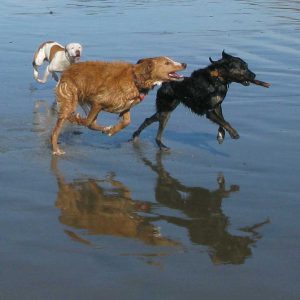 Dogs are usually very happy to go for a walk (as are many cats!). Make these walks vigorous – no stopping to smell the roses. You should feel your own heart rate going up! Try to do a mile in less than 20 minutes. Once you can do that, add in more mileage and try to get your team up to an hour a day! Alternatively, you can play ball or fetch with many dogs. Frisbees, balls, stuffed animals and other toys can be very fun to chase and return (or maybe use for keep away!) Some dogs just need to be let off leash and they will run. You can do this at Port San Luis Beach, Cayucos Beach (away from the houses), Laguna Lake Park, El Chorro Dog Park and on a few of the hiking trails in our area.
Dogs are usually very happy to go for a walk (as are many cats!). Make these walks vigorous – no stopping to smell the roses. You should feel your own heart rate going up! Try to do a mile in less than 20 minutes. Once you can do that, add in more mileage and try to get your team up to an hour a day! Alternatively, you can play ball or fetch with many dogs. Frisbees, balls, stuffed animals and other toys can be very fun to chase and return (or maybe use for keep away!) Some dogs just need to be let off leash and they will run. You can do this at Port San Luis Beach, Cayucos Beach (away from the houses), Laguna Lake Park, El Chorro Dog Park and on a few of the hiking trails in our area.
We hope this information has been helpful to you. Everyone at Animal Care Clinic is dedicated to improving the health of your pets and your entire family. If we can be of any help with your fight against obesity or any other aspect of your family’s pet health concerns, please contact us. We are here to help.

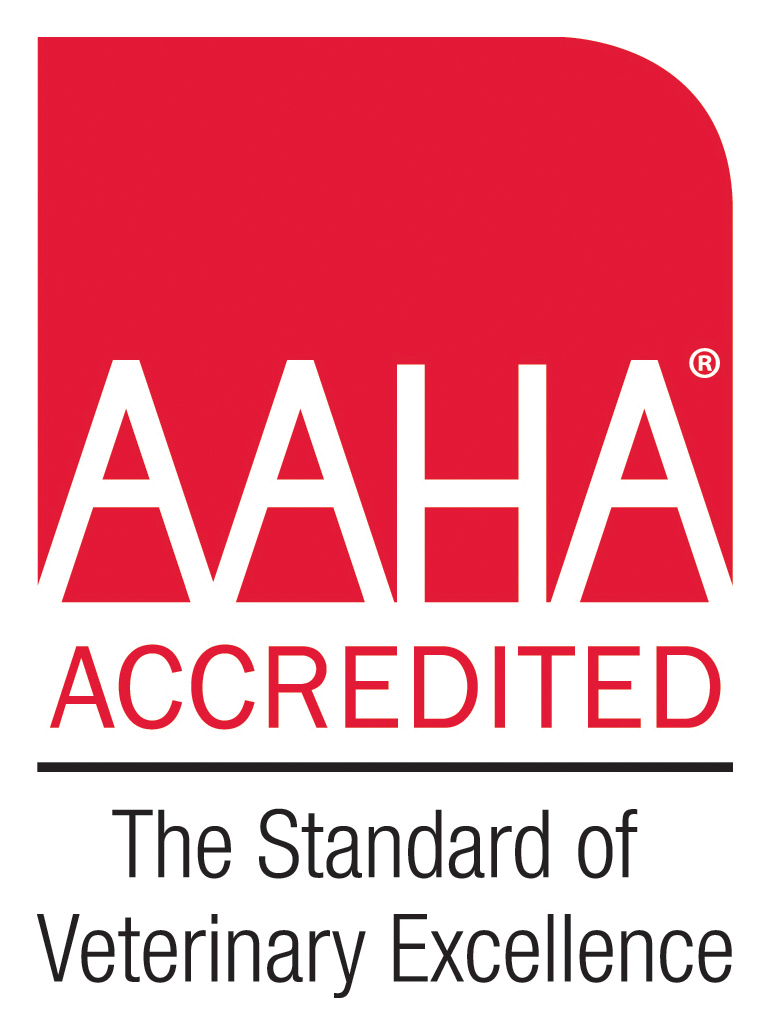
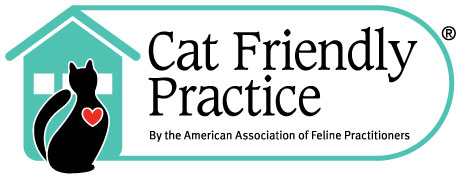

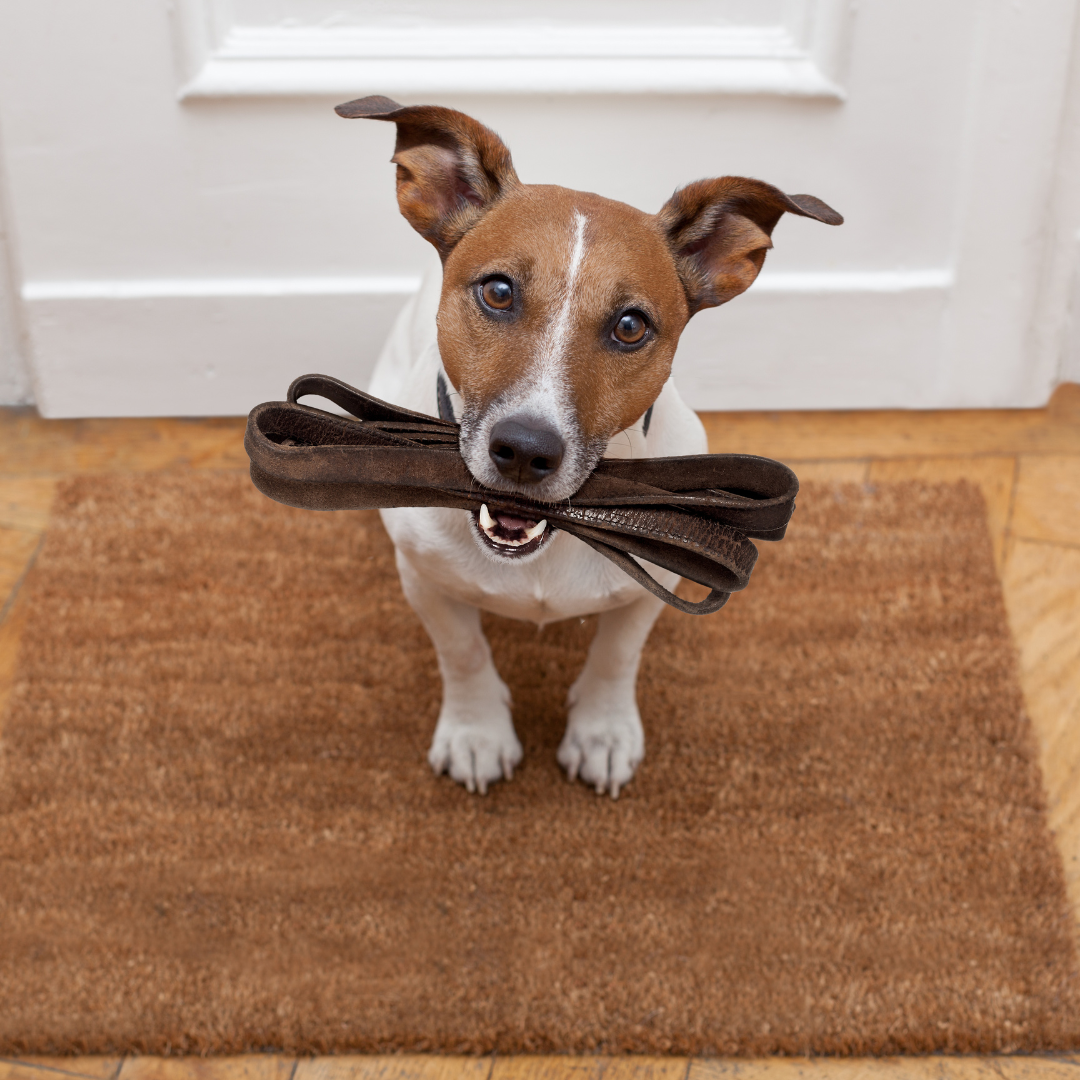

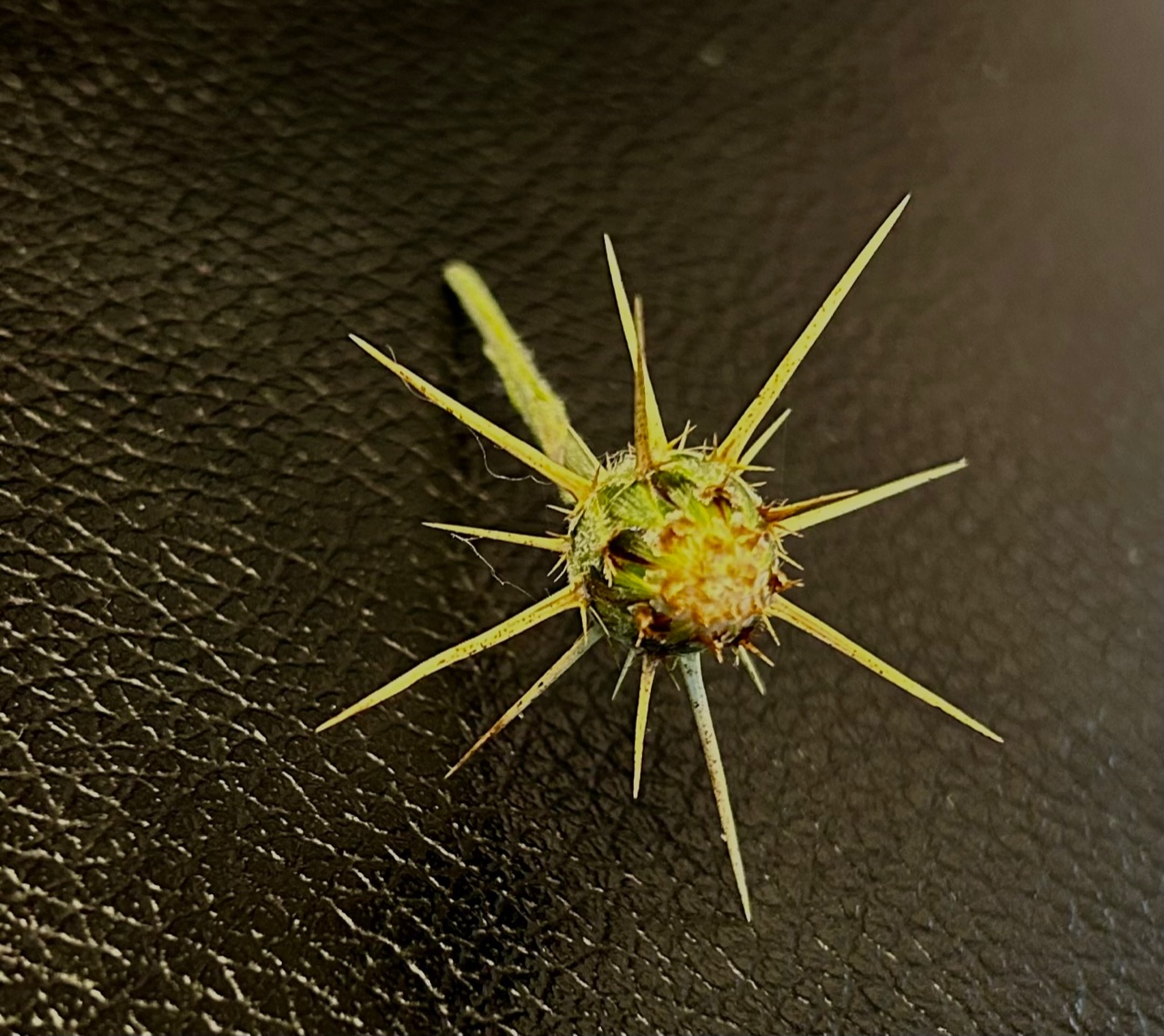

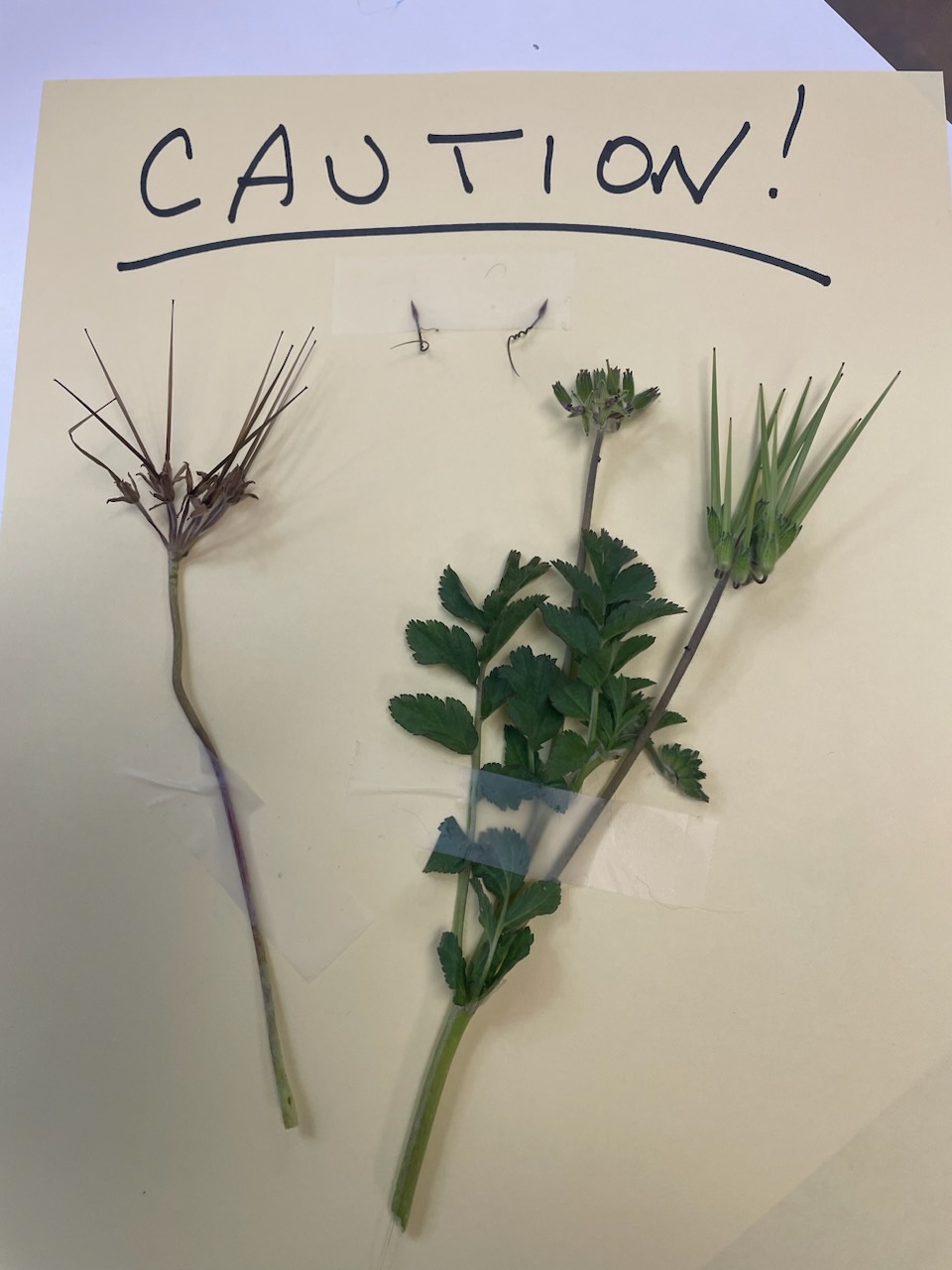
Leave A Comment
You must be logged in to post a comment.